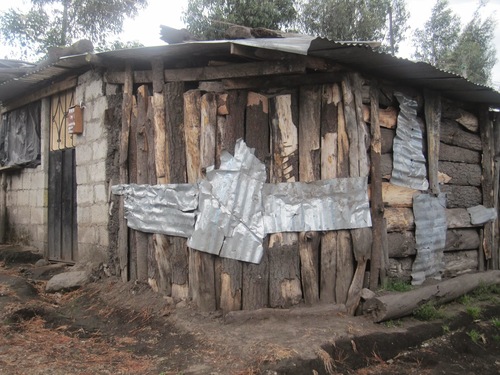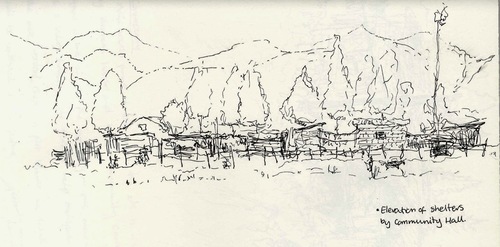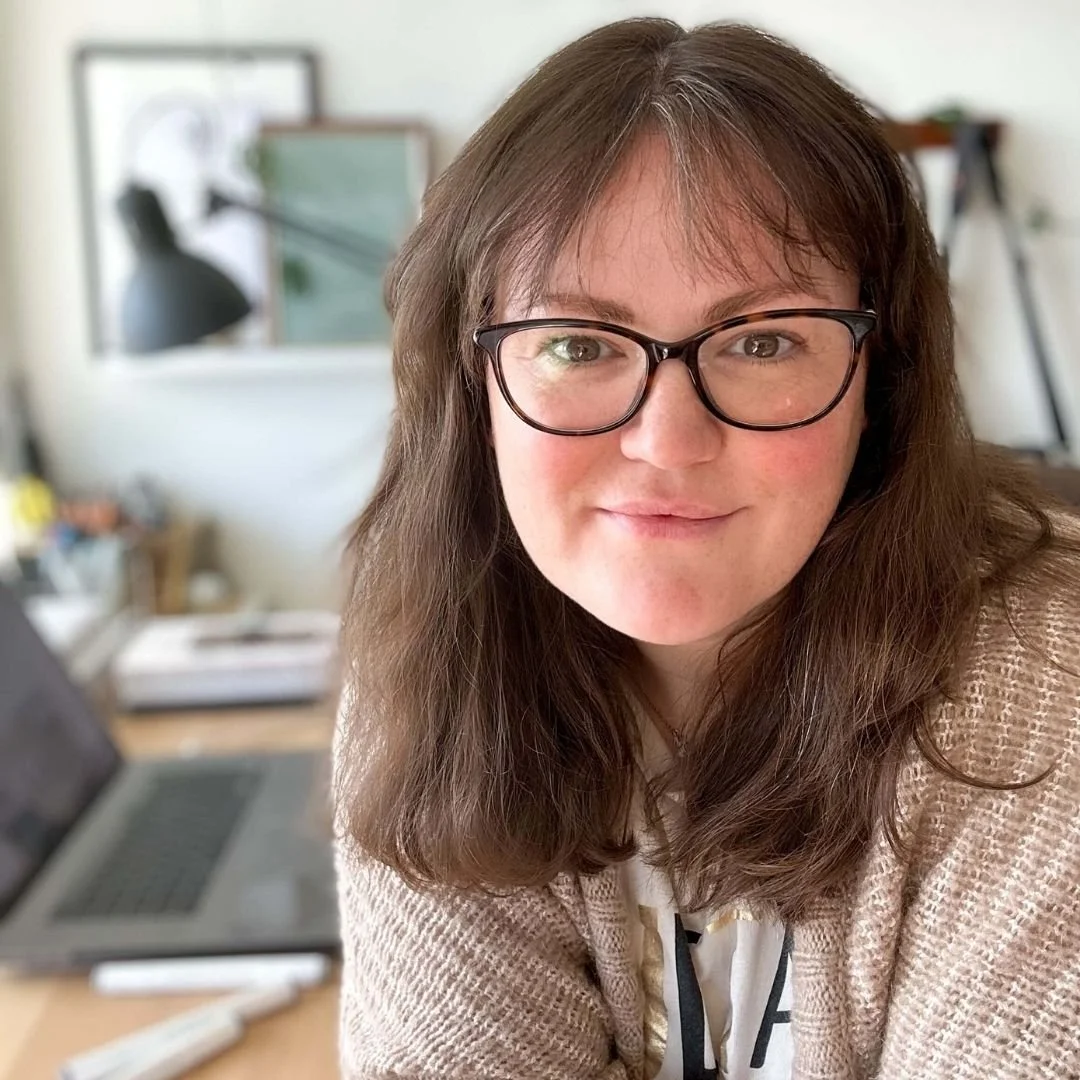A Walk In The Amazon Rain Forrest
/I'm having an amazing time here in Ecuador and am just getting around to blogging some of it. I'm working on a post about the Change By Design ASF-UK Workshop I was involved with in Quito so please check back to read about it. Over the last few days, I've been having an amazing time in the Amazon jungle. Above are some pictures of my trip - the beautiful scenery, the colours, the plants, oh the flowers, the waterfalls, and some of the wildlife but not too scary!! Nothing quite captures the smells and sounds, the air, the humidity, the feeling of clambering up and down the slopes and slipping around the dense Forrest but this is a wee taster for you.
I stayed at a local Amazonian famili’s lodge where we all sat around in the open-air kitchen chatting, I tried. The fire was lit, the children listened in on stories of the day, the parrots sat eating bananas...a 'normal' evening in the jungle. Very brave for me, I also had a go on the Tarzan-like jungle swing which is basically a rope swing, high above the Forrest for the brave (and mad) to swing out over the Forrest below! The view was incredible and I did keep my eyes open, but my yell was not reminiscent of Tarzan, more "ahhh"...what am I doing!? I still can't believe I did it! I also can't believe that I went on a midnight walk to find Alligators, ridiculous, this came about mostly because I didn't understand what my guide was saying and just smiled and agreed, as you do!! Slightly worried upon first sight of its sparkling orange eyes in the water ~ so that's what we are looking for, Alligators, great...now let’s get out of here!? ~ but we stayed, quite calmly actually, and found 8!!




























